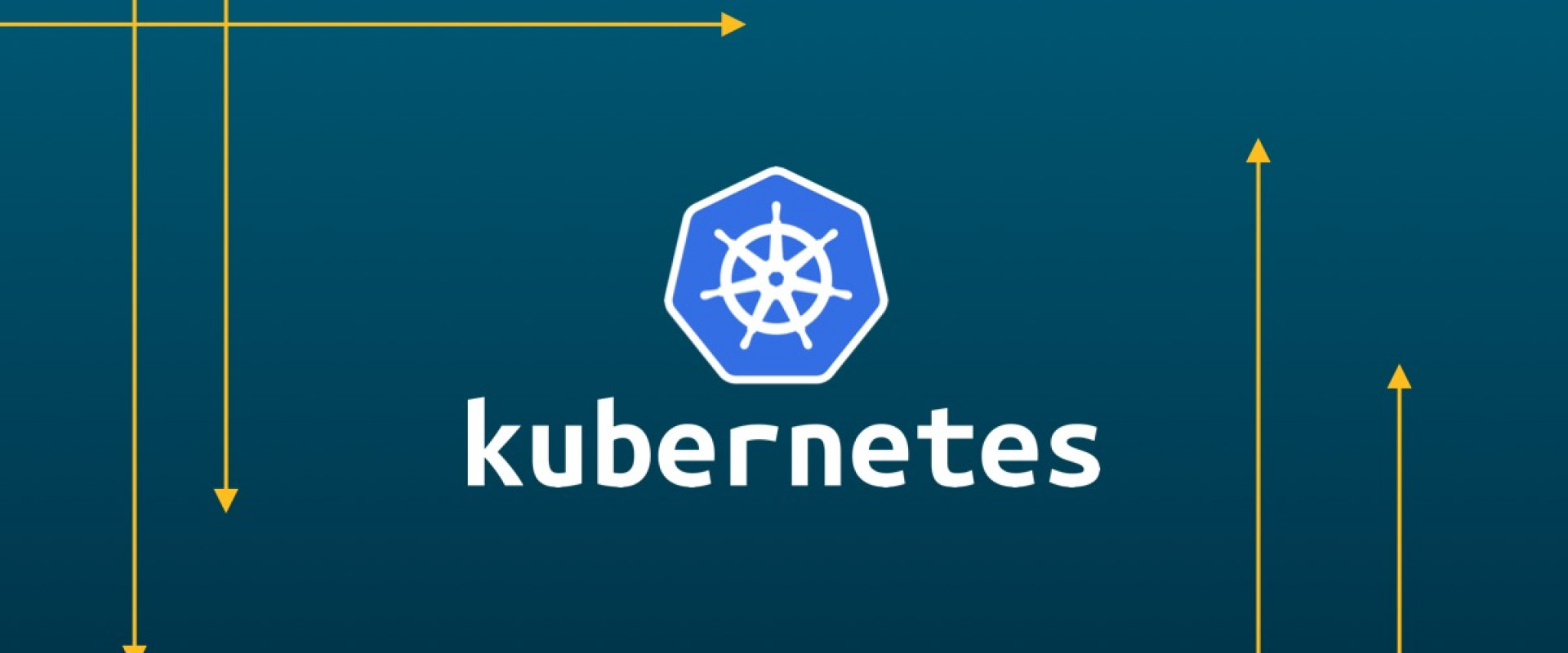Getting Started With Kubernetes In 2 Days

Check out these tools to help you deploy and manage your K8s clusters from the ground up...
Kubernetes (commonly abbreviated as K8s) is an open-source platform for container orchestration that we use extensively at ZippyOPS. It automates many of the tasks involved in maintaining a container-based app, such as deploying, scaling, load-balancing, and auto-scaling.
Kubernetes Done Wrong
Kubernetes is a major asset for modern container management and has streamlined deployment for thousands of companies. However, it is infamous for its steep learning curve. Simply put, Kubernetes is difficult to get right.
That being said, if you’re a developer trying to learn and navigate the Kubernetes iceberg, you’re in luck; there are an abundance of open-source resources to help start your K8s journey on the right foot.
Kubernetes Done Right
Although it may be tempting to take shortcuts when working with K8s, keep in mind that proper K8s will:
- reduce your cloud costs by scaling your clusters efficiently
- simplify the different engineering processes for your team (eg. development, testing, and releasing)
- minimize security issues, such as cross-container communication
- shape how traffic moves through infrastructure
- prevent resource-hungry services from disrupting each other
Your Kubernetes Journey
While it is true that learning Kubernetes is a long, involved process, it’s also true that everyone has to start somewhere. In just 2-3 days, you can deploy and manage containers with Kubernetes, either locally or in the cloud. This will be a high-level guide, but we’ll provide plenty of links that delve deeper into these topics.
Before We Begin..
You’ll want to download and install kubectl, the main command used to interact with your cluster.
Day 0: Local Cluster
Setting up a local K8s cluster is a good way to get comfortable with basic operations and concepts.
Minikube
If you want to start from ground zero, minikube is a great option. With minikube, you can quickly and easily set up a local K8s cluster through the command line. Here’s an interactive tutorial on creating your first cluster with minikube from the K8s documentation.
K3d
k3d is rapidly gaining momentum as a way of locally running k3s (a lightweight version of K8s). One of k3d’s most enticing features is that it allows you to create and manage your clusters in Docker (as opposed to through minikube, which runs in a virtual machine). Check out this starter repo for a sample k3d app.
Lens
If you prefer usability and clarity provided by a GUI, check out Lens. It provides an assortment of tools for general cluster overview, as well as others that allow you to dive into detailed configurations with a few clicks.
Congratulations!
With the help of the tools listed, you’ll be well on your way to Kubernetes enlightenment.
If you’re looking to learn more, keep in mind that Kubernetes has a dedicated community of devs and users who are putting out new and informative docs, services, and tutorials every single day!
Thanks for reading, and good luck on your journey.
We ZippyOPS, Provide consulting, implementation, and management services on DevOps, DevSecOps, Cloud, Automated Ops, Microservices, Infrastructure, and Security
Services offered by us: https://www.zippyops.com/services
Our Products: https://www.zippyops.com/products
Our Solutions: https://www.zippyops.com/solutions
For Demo, videos check out YouTube Playlist: https://www.youtube.com/watch?v=4FYvPooN_Tg&list=PLCJ3JpanNyCfXlHahZhYgJH9-rV6ouPro
Relevant Blogs:
How to Explain Kubernetes to a Business Team
Hardening Your Kubernetes Cluster: Threat Model
Recent Comments
No comments
Leave a Comment
We will be happy to hear what you think about this post